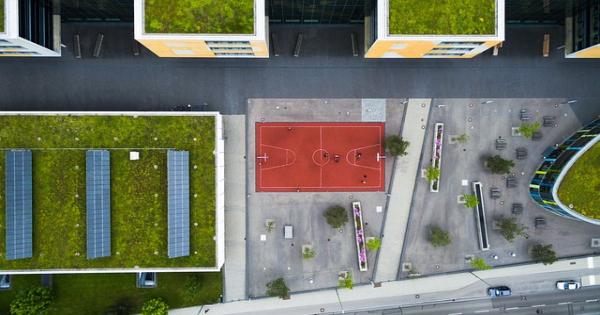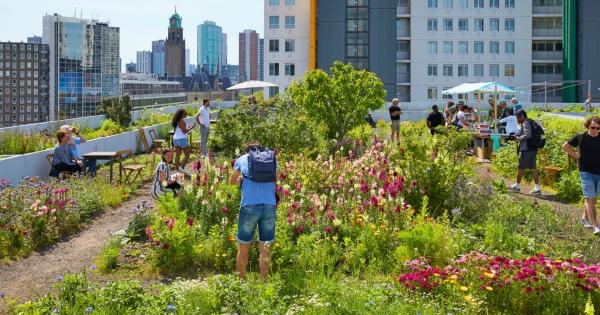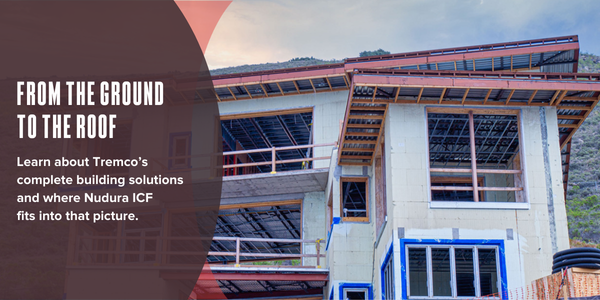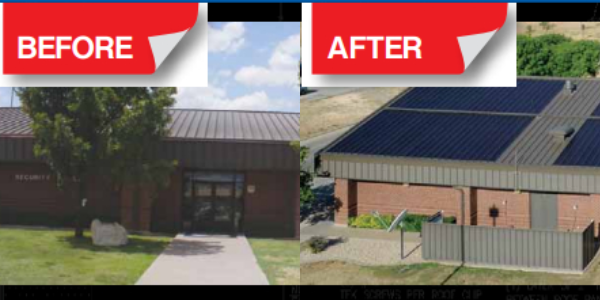The Future of Carbon Capture Technology in Roofing

By John Kenney, Cotney Consulting Group.
As the world's attention focuses on manmade climate change more and more, roofing contractors have an opportunity to diversify and get in on the green movement.
The global carbon capture and sequestration market was valued at $1.75 billion in 2019 and is projected to reach $6.3 billion by 2027. Plants capture CO2, which means building green rooftops puts roofing contractors in the game.
Carbon capture and sequestration involve trapping CO2, transporting it, and storing it. It often involves pipelines that transport it to be injected deep into the earth. But since plants also capture carbon dioxide, green rooftops also have a role to play.
Green rooftops are one way to mitigate the adverse effects of air pollution in urban environments. CO2 absorption is one way. The other more direct impact green rooftops have on carbon sequestration involves reducing a building's energy consumption, which reduces the consumption of greenhouse gas-producing fossil fuels.
That indirect long-term benefit helps promote green rooftops around the world. Already, they are prevalent in Europe, growing in popularity in Canada and the U.S.
Vegetation and soil properties are critical factors in reducing building energy consumption and sequestering or capturing CO2. It is a solid mitigation strategy.
In addition to carbon capture, green rooftops mitigate the risk of flooding, provide habitat for urban wildlife and help reduce urban heat. They can even be used to grow food.
Green construction training available
Green construction globally is projected to reach $364 billion by 2022, with demand for low-impact construction growth over the next 25 years. Looking ahead at this outlook will help you plan your next moves for your roofing business.
There are already eBooks on various aspects of green construction readily available, including PlanGrid's eBook, Green Construction: A Growing Global Trend. It includes topics on green building's essential components, investing in training, and embracing new construction technology.
Green Roofs for Healthy Cities offers various training and accreditation in the field, including one specifically on green roofs and its Living Architecture Academy, which focuses on green roofs and walls and other forms of green infrastructure. It is meant to "blur the distinction" between the built and natural environments.
The North American Association for Environmental Education also offers Green Roof Professional Training with the goal of expanding the skillsets of roofers. According to its website, "This course is ideal for those looking to learn more about green infrastructure and professionals in the field who are keen on adding to their range of knowledge and services."
The New York City College of Technology CITY TECH Continuing Studies Center offers an Introduction to Green Roof and Living Walls.
The Library of Congress offers an extensive list of organizations and associations involved in green roofs and living walls.
Cities getting in on green roofing
Demand is growing for green roofing solutions by developers, homeowners, and business owners. This demand is driving fast growth in the roofing system market. And now, a number of major cities have adopted specific ordinances requiring green rooftops to assist in the fight against manmade climate change.
San Francisco was the first city to develop a green roof mandate. Its Better Roofs Ordinance, effective in 2017, requires that 15-30% of rooftops on a new construction be either living roofs or solar roofs. Rooftops make up 30% of the city's land area.
Denver's citizens approved a green roof ordinance the same year. Still, because builders criticized it as being too inflexible, the city replaced it with the Cool Roof Initiative, which gives builders more flexibility.
Portland, Oregon, has an ordinance that requires new buildings 20,000 square feet or larger in the central city to have a Complete Living roof.
And Chicago is one of the largest urban centers to develop a living roof for a 38,800 square-foot rooftop covering a full city block.
Energy efficient roof policies growing
As the notion of energy efficiency becomes more widely accepted and climate science more at the forefront, new policies mandating energy efficiency are becoming more widespread.
Cool roofs first came on the scene in 1999 when the American Society of Heating, Refrigerating and Air-Conditioning Engineers accredited them. Cool roofs are systems typically colored white or with a light color to help them reflect away heat. A cool roof has both high reflectance and high emittance. Low-emittance materials heat up more easily because they collect and trap heat.
These rooftops cut back on the amount of electricity required to power big cities, so it is a win for everyone.
Urban heat islands are areas where temperatures reach as high as eight to 10 degrees warmer than the surrounding rural communities. They tax air-conditioning systems and exhibit high ozone levels, creating serious health threats.
Changing the way we build roofs has an impact because a cooler environment reduces smog and lowers potentially dangerous emissions. Both green roofs and cool rooftops help accomplish this.
Several cities now have cool roof programs. The codes meet with resistance in some cities, but the changes will help reduce electricity spikes and soaring temperatures brought on by too much pavement and by climate change.
By training your crews in the green ways of roofing through living roofs and cooler roofs, you are giving your company a new source of revenue and, at the same time, participating in climate initiatives meant to help heal the planet.
About John Kenney
John Kenney is the Chief Executive Officer at Cotney Consulting Group. Prior to starting Cotney, John had 45 years of experience in the construction industry. John began his career by working as a roofing apprentice at a family business in the Northeast. Because of his skill and hard work, he progressed from roofing laborer to foreman, estimator, chief estimator, Vice President, and Chief Operating Officer with his various companies. John has worked for multiple Top 100 Roofing Contractors and is intimately familiar with all aspects of roofing production, estimating, and operations. In his last role, John was responsible for the daily operations and performance of a large commercial roofing contractor. During his tenure, John ran business units associated with delivering excellent workmanship and unparalleled customer service while ensuring healthy net profits for his company.






















Comments
Leave a Reply
Have an account? Login to leave a comment!
Sign In